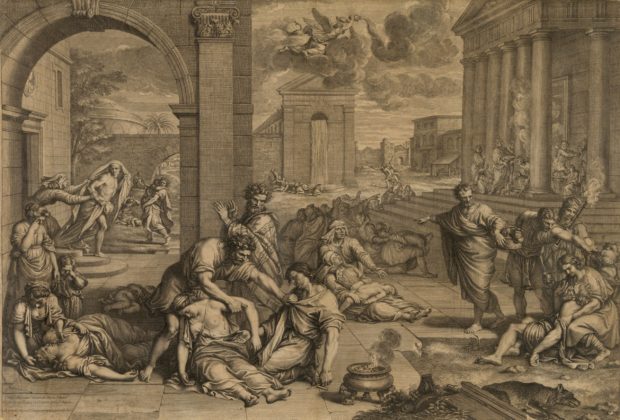A massive volcanic eruption that set famine, plague and economic upheaval in motion made the year A.D. 536 the worst in human history, according to a historian quoted in Science Magazine.
At a Harvard workshop this week, he and his team revealed that a recent study of a Swiss glacier gave them their newfound precision.
Examining ice-core samples, a team of scientists led by medieval historian Michael McCormick and glaciologist Paul Mayewski determined that a volcano in modern-day Iceland erupted in 536, less than a century after the sack of Rome and the beginning of the Dark Ages.
The eruption of the Calbuco volcano in the Chilean Patagonia at sunset. April 2015 (MAV Drone/Shutterstock)
The resulting plume of ash covered much of the North Hemisphere, weakening the sun and causing global temperatures to plummet over one degree Celsius, or 1.8 degrees Fahrenheit. It was the coldest period in over 2,000 years. (RELATED: NY Mag: Global Warming Death Toll Will Be On The Scale Of 25 Holocausts)
“It was the beginning of one of the worst periods to be alive, if not the worst year,” McCormick said.
Within the decade, two more eruptions further worsened the climate, spreading crop failures and famine. One Byzantine historian remarked that “the sun gave forth its light without brightness, like the moon, during the whole year,” and Irish chroniclers noted the “failure of bread from the years 536-539.”
A flying angel spreads Gods destruction over classical setting (Everett Historical/Shutterstock)
Beginning in 541, the so-called Plague of Justinian then swept through much of the eastern Roman Empire, killing 35 to 55 percent of the population and plunging Europe into economic stagnation.
By examining lead deposits used to make silver coins, the study deduced that the economic consequences would extend for a hundred years. The seventh century A.D. also saw the rise of Islam and the decline of the Byzantine Empire. (RELATED: Buzzfeed: White People Are A Plague To The Planet)











